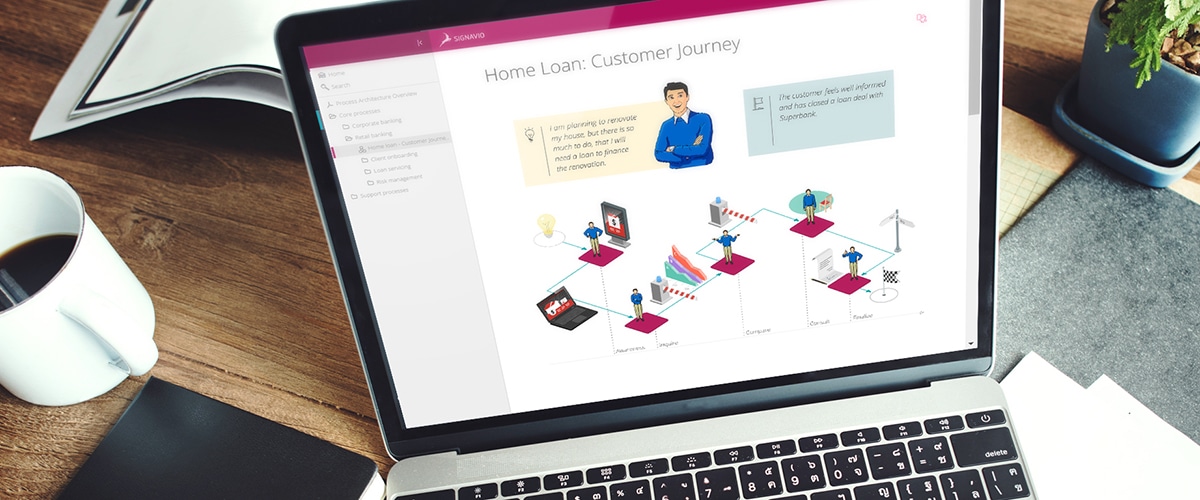One way to revolutionize your own business and provide a better overall experience is with customer journey maps.
And it’s not just for start-ups or e-commerce giants. All businesses in every industry can (and should!) use customer journey mapping to better understand their customers and improve their operations.
It’s the best way of tracking each interaction a customer has with your company, from the initial contact all the way to when they make a purchase and receive their product or service. It captures each moment and touchpoint along the way and allows businesses to better understand a customer’s motivations or frustrations at each of those points.
Get a fresh perspective
Essentially, a customer journey map provides you with a new perspective. It allows you to see your company from the outside in. Instead of focusing on internal operations, you’re looking at the results of those operations from the customer’s viewpoint.
A customer journey map (CJM) can come in many forms, but most often is some type of graphical representation of the steps a customer takes in a process interacting with your company. It can include a wide variety of information, including things like critical decisions, touchpoints, departments involved, IT systems, or any other points that are specific to your company.
Some customer journey maps focus on a single process. Others involve multiple processes and departments across the entire organization.
The end product should aid businesses in streamlining processes and eliminating customer pain points, resulting in a better customer experience overall. It forces businesses to consider each step from the customer’s perspective and the results are often surprising.
For example, some organizations might find that they aren’t even aware of all the ways customers are interacting with them. According to data from Ciceron,90% of consumers’ buying decisions are now influenced by online reviews. Reviews are undeniably an important part of your business’s reputation, but do you currently consider it as a customer interaction? Your customer journey map will help answer questions like this.
If you don’t know where to start or how to create a customer journey map, don’t worry! We’ve outlined the necessary steps to help you get started on creating a better customer experience. You can read about how to make your own customer journey map in our helpful guide: “What is a Customer Journey Map and why do you need one?”

